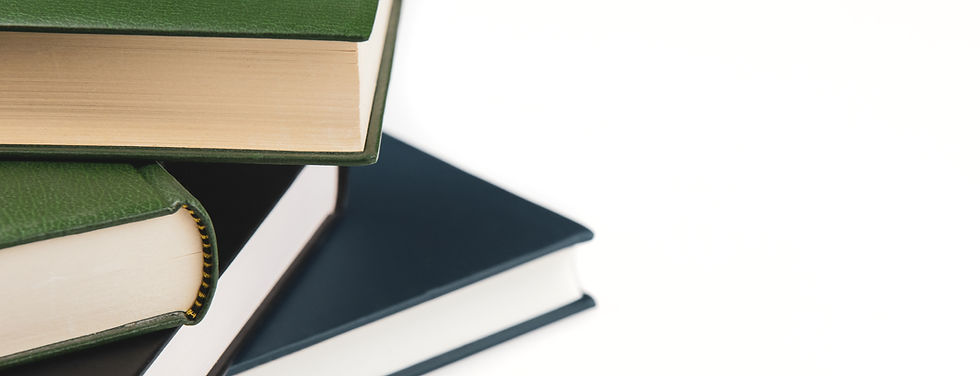Audley Jan R. Balanay

Lesson Planning
The cornerstone and basis of all effective teaching is lesson planning. It is a comprehensive manual for instructing a class. It systematically outlines the goals of the teacher and the students' ensuring success. The first and most important step in session preparation is to determine the learning goals for that particular class. The instructor must next design the right learning activities and come up with ways to get feedback from pupils on their progress.
As a result, when lesson planning, a teacher should place adequate emphasis on elements such as general goals, specific goals, prior knowledge of the students, appropriate teaching strategies, techniques, and teaching aids, as well as teacher activities and evaluation of the knowledge that the students have acquired. (L. Aligarh, 2022)
For the outcome of my practice teaching experiences, I have learned many things in planning a lesson, one of the struggles that i encountered was always advancing doing the lessons and not focusing on what are the most effective ways in teaching, but for doing this for past few weeks, i have learned that sometimes this will not be effective in my teaching because i'm in hurry in doing my lessons. I also have learned that sometimes not every part of the lesson can be always implemented in the actual teaching of the lesson. But many weeks later, I’ve changed this scenario and just focus on what are the things that are effective in teaching and that is putting more activities in the lesson than discussions. When students collaborate with one another on learning assignments, they retain information better and are better able to use and expand their newly acquired knowledge.
Classroom Management
Classroom management is merely the methods instructors employ to keep things under control in the classroom. To make sure that kids are prepared, on track, well-behaved, and productive during the school day, educators use a number of tools and techniques.
An uncomfortable learning environment for students and an unfavorable working environment for the instructor can result from poor classroom management, which can lead to chaos and tension. But with the aid of these suggestions, you may master classroom management and establish a conducive learning atmosphere. (M. Kelly,2021)
Based on what I learned while serving as a practice teacher in grade 2, I met different types of students and this is what made it difficult for me to teach the class, the classroom management. In the first two to three weeks of teaching internship journey, I have been struggling in controlling the class because some of them have a bad behavior and having an irrelevant noise in the class. When someone in the class discussion make a noise, some of the students will copy her/him and the lesson will the execute in the perfect way. This was the problem in my classroom management, it also distracted me in my teaching. In order to overcome this problem, I look for different ways to solve this problem and make the class more effective. I implemented some rules that will help me to manage the class, using the arrangement of seats, separating the students that is always noisy and putting them in the other students that are always behaving. I also used some strategies in teaching by involving play in my discussion and activities. As we all know, students in this level (grade 2) are more involved in play, example is making individual activities to group activities so that all of them are actually doing something in the class. Using puzzle and scrambled words activities and by implementing this strategies for weeks, not only it lessen the noise of the class and behave other students, but also the teaching becomes more actively engaged.
Construction of Instructional Materials
To communicate with students in a more vivid manner, a teacher might employ educational materials as alternate channels of communication. In a teaching-learning setting, they represent a variety of materials that may be utilized to "extend the range of vicarious experience" for students. (A. Samuel 2009)
The foundation for what students will encounter and learn is provided by the instructional materials. They have the ability to either motivate or disengage students. As a result, it's important to carefully consider how you use and arrange your teaching resources.
In my practice teaching experiences, I always create instructional materials that are really effective and what makes the students be interested. I used some simple but understandable instructional materials to my students. Using interesting ppt presentations, printed papers about the lessons, using objects in discussion and also to activities and involving play in the activities and quizzes. As a result, they becomes more active. When students can actually see some objects about their lesson, they became more active in the class and they can easily manipulate in their learnings. As a result, the class becomes more active and making the learnings engaged. Using these type of instructional materials not only it make the students learn but also they are enjoying while learning many things.